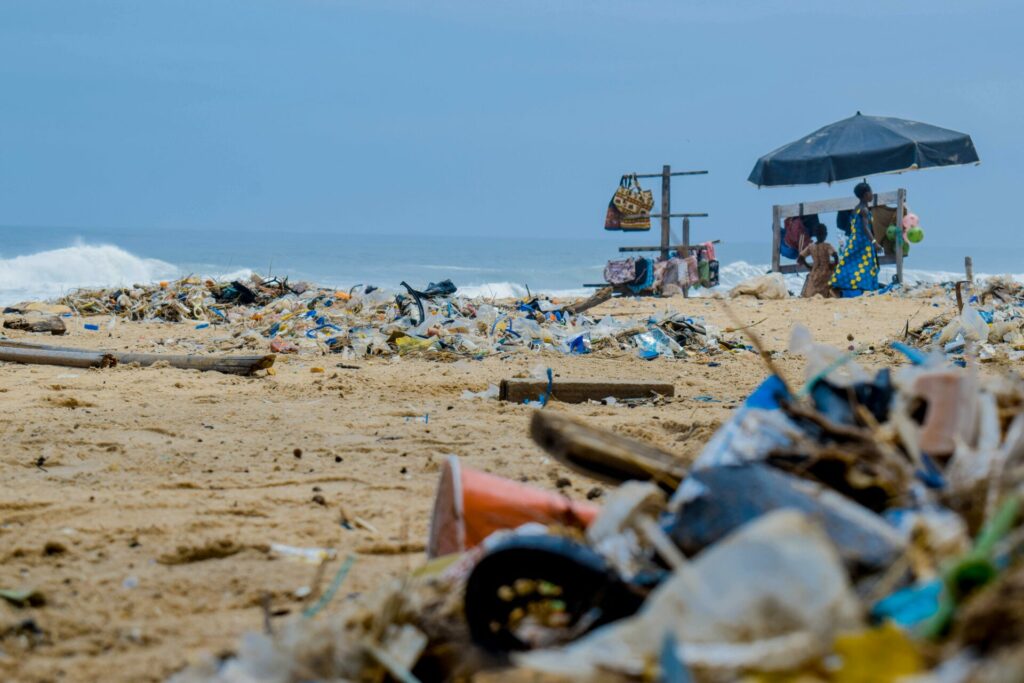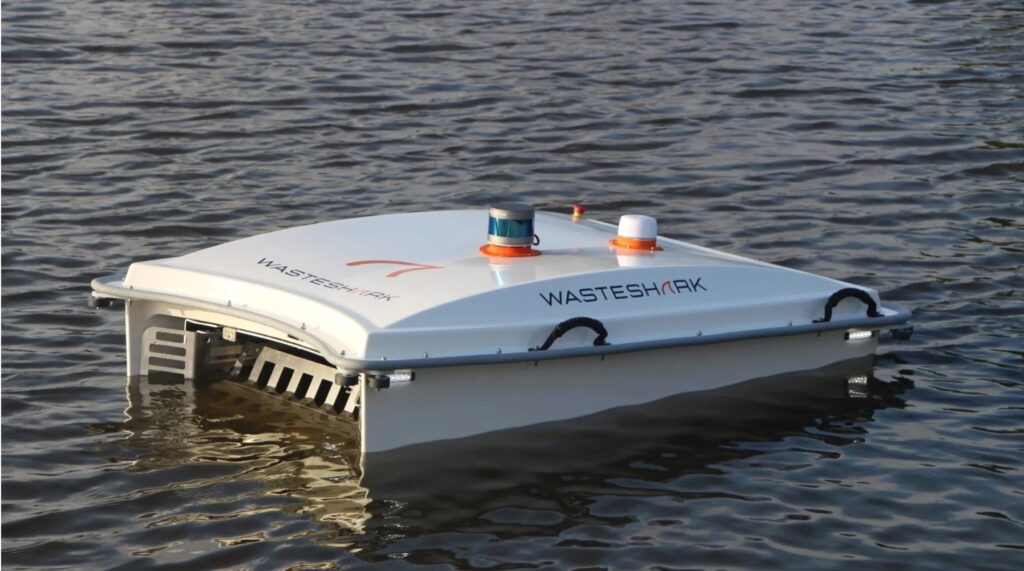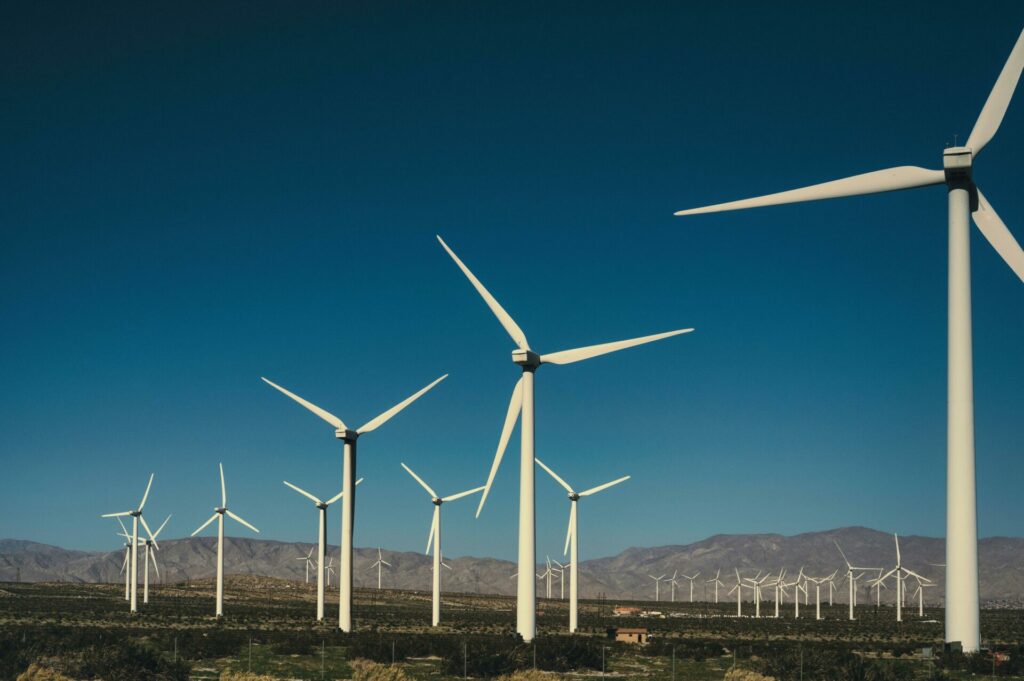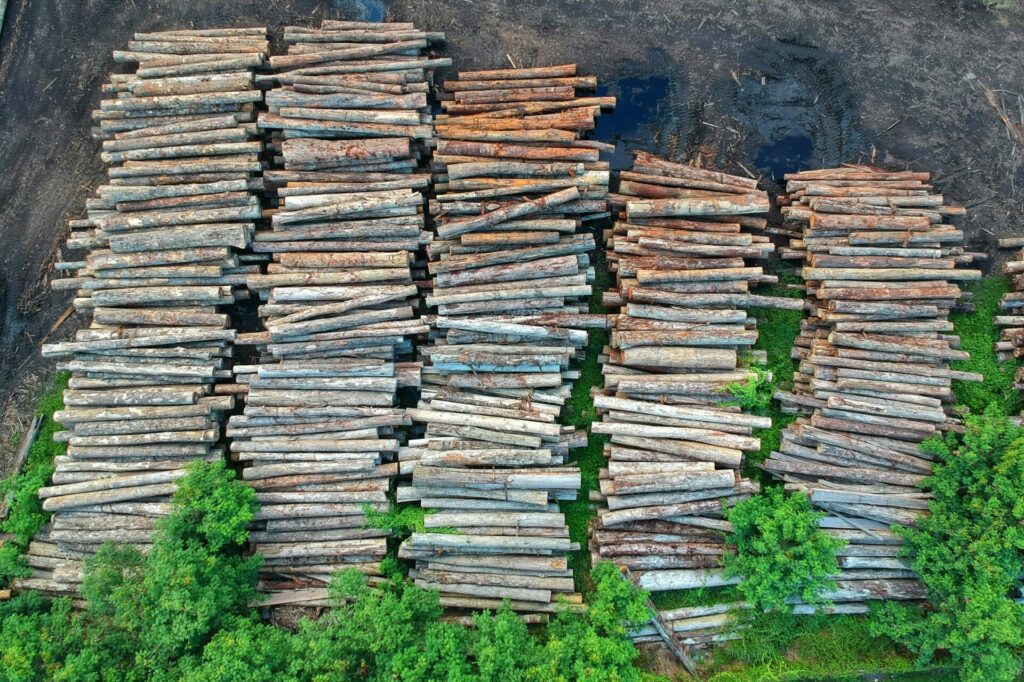As climate change continues to be a pressing issue around the globe – scientists declared 2023 as the warmest year on Earth in almost two centuries – the urgency for action is clearer than ever. In this landscape, innovative solutions are slowly emerging to mitigate its impact and Artificial Intelligence (AI) has become an invaluable tool. New technologies are enabling researchers to analyse climate data, predict trends, and devise strategies to combat global warming.
While many of us have been focused on refining our own sustainable practices, AI-powered initiatives have leap-frogged into the future and presented options that can make a substantial difference to both the immediate symptoms and long-term planning of climate change.
We’ve long known that there isn’t one simple solution to confronting environmental destruction and climate change. Just as the issues are myriad and complex, so the solutions need to be.
AI algorithms can analyse and interpret text data at a rate of millions of documents per second, whereas humans read at an average speed of 200-300 words per minute
AI is a great tool for tackling such complex issues because it can handle and make sense of huge, complicated datasets on things like emissions, sea level rise and climate hazards. AI-tools receive information from weather stations, satellites and sensors and can now process the data far faster than humans. In natural language processing for example, AI algorithms can analyse and interpret text data at a rate of millions of documents per second, whereas humans read at an average speed of 200-300 words per minute.
Many environmental organisations work on limited budgets and haven’t had the manpower or resources to devote thousands of hours to poring over data. As AI becomes more sophisticated and aids in completing these tasks faster, this gives organisations the chance to apply the knowledge to create solutions for the myriad global crisis affecting our planet from ocean conservancy to deforestation and beyond.
Cleaning up our Oceans
Oceans, covering over 75 per cent of Earth, are vital regulators of our climate through temperature moderation, carbon storage, driving weather patterns, and supporting critical marine ecosystems that contribute to global ecological balance.

However, its inordinate size provides a lot of challenges – despite years of study by biologists and oceanographers, we know far less than there is to know about our oceans, particularly the murky depths of the ocean floor life. It’s a realm that’s still largely unexplored, filled with life forms that could boggle the mind and potential answers to some of our most pressing environmental problems.
Plastic is the uninvited, badly behaved party guest in our oceans. In 2023, three separate scientific studies revealed some seriously distressing figures: an estimated 5.25 trillion pieces of plastic are cluttering our oceans. Take a moment to let that sink in. Plastic pollution isn’t just a problem; it’s a full-blown crisis. Oceanographer Dr. Kara Lavender Law, from the Sea Education Association in Massachusetts aptly stated, ‘the first piece is to understand where it is.’
Enter Sinay, a pioneer in marrying traditional maritime expertise with the latest technology to tackle oceanic challenges head-on. They were recently one of the winners of the World Economic Forum’s Ocean Data Challenge, and for good reason. Stating that ‘ocean conservation is the core of our business.’ Sinay’s platform pulls data from over 6,000 different sources, covering everything from ocean currents to water quality, weather patterns to marine flora and fauna, using IoT sensors.
Sinay employs machine learning to translate this treasure trove of data it into actionable insights, which helps the shipping industry keep an eye on air, water, and noise pollution while minimising its impact on biodiversity.
But data isn’t the only superhero in this story. Eco-friendly gadgets like WasteShark are making waves too. Designed by RanMarine, WasteShark is inspired by the easy-going carpet shark – though this one has a singular mission: munching on ocean trash.

Capable of collecting up to 15 tons of debris yearly, WasteShark can cruise around for up to five kilometres and work tirelessly sweeping debris for eight hours before it needs to recharge. This silent, pollution-free marvel is totally harmless to marine life. While it doesn’t learn from data or make complex decisions like a typical AI, the technology behind WasteShark’s smart navigation can be considered as a form of rudimentary artificial intelligence.
Decarbonising the industrial sector
The industrial sector is a major culprit in global warming, responsible for around 30 per cent of global greenhouse gas emissions. This includes emissions from manufacturing, mining, construction, and other industrial processes that use fossil fuels as their primary energy source and shows just how urgently an overhaul is required. Luckily AI is coming to the rescue with some serious tech.
First up is Eugenie.ai, a cutting-edge company hailing from sunny California. Imagine having a bird’s-eye view on pollution and the power to curb it – that’s what these tech superheroes do every day. They have whipped up an emissions-tracking platform that blends satellite imagery with data from machines and processes. This helps companies keep tabs on their emissions and cut them by up to 30 per cent.

Meanwhile BrainBox AI, who run out of Montreal, are using the wizardry of deep learning and cloud computing to measure, reduce and offset the carbon emissions of buildings. Their CEO, Sam Ramadori puts it plainly: ‘As buildings account for over 38 per cent of GHG emissions globally, there is no way around the necessity of making buildings significantly more efficient.’ Their technology is already optimising commercial buildings in more than 70 cities across the world, making strides towards a greener future.
Since 1985, more than 870,000 square kilometres of the Amazon – an area bigger than France, the UK, and Belgium combined -have been cleared.
Whether it’s metals, mining, oil, or gas, this kind of innovative tech holds enormous promise. As more companies jump on the green-hued bandwagon, the potential for significant change becomes not just a possibility, but a necessity. AI is acting as a signpost at the crossroads of industrial growth and environmental sustainability, thankfully it’s pointing in the right direction.
Dealing with deforestation
The Amazon rainforest is one of our planet’s most crucial carbon sinks – storing over 76 billion tonnes of carbon. Not only that, but it is home to 10 per cent of the entire world’s biodiversity. Since 1985, more than 870,000 square kilometres of the Amazon – an area bigger than France, the UK, and Belgium combined -have been cleared.
With tens of billions of trees already gone, the region is heating up fast, and that impacts us all. Director of Forest Management Research at the Peruvian Amazon Research Institute, Dennis del Castillo Torres, states, ‘The Amazon is in danger. That’s why we need technology, science and local knowledge to work together in order to save it. Otherwise, we will be too late.’
AI looks at factors like soil quality, moisture, and how close the area is to existing forests to create detailed maps showing where new trees should be planted.
AI tools are a blessing for the Amazon and are promoting hope among conservationists. Thanks to machine learning, smarter tools are appearing that can help restore the crucial biome.
AI is now capable of digging through tons of satellite images and data to find the best spots for reforestation. It looks at factors like soil quality, moisture, and how close the area is to existing forests to create detailed maps showing where new trees should be planted. This means every planting effort is exact, making the best use of resources and boosting the chances of success.

AI also helps figure out the best tree species for each spot, considering things like growth patterns and resilience. This tailored approach helps seedlings thrive and builds diverse, strong forests that can handle environmental challenges.
And once the reforestation is in full swing, AI can keep an eye on things. By analysing satellite images over time, it tracks tree growth and spots potential issues like disease or illegal logging. This real-time check-up allows for quick action and smart management, helping reforestation projects stay on track.
All of this would take humans thousands, if not billions of hours in manpower, by experts in their fields. This is without considering some of the additional challenges such as access (to remote areas) and travel. According to the Brazilian National Institute for Space Research (INPE), the use of AI algorithms to monitor deforestation has led to a 30 per cent reduction in forest loss in the Brazilian Amazon over the past decade.
The pitfalls
AI has a lot of promise in the fight against climate change, but it’s not without its limits. First off, the quality of data that feeds these AI models is crucial. If the data is off, incomplete, or biased, the AI’s predictions and solutions can be way off too. So, making sure we have accurate and diverse data is a big challenge, especially for the scientists that work on these projects.
Then there’s the issue of how accurate AI models really are. Even though they’re pretty advanced, they can still miss the mark on capturing the full complexity of our planet’s climate. They might make mistakes because of unpredictable factors, so they need constant tweaking and checking against real-world data to stay reliable.
Ethics are also a major concern. AI systems need to be designed with fairness in mind to avoid perpetuating inequalities or harming marginalised communities. Transparency and accountability in how AI decisions are made are key to ensuring that these systems are used responsibly.
Lastly, we can’t ignore the environmental impact of AI itself. Training and running these models can consume a lot of energy and have a carbon footprint. To truly be a part of the solution, AI needs to be developed and used in ways that minimises its own environmental impact.
While AI is promising, it’s not a silver bullet for solving the climate crisis on its own. It’s just one of many tools we can use to tackle this global issue and currently many organisations lack the expertise in AI or have access to the tools required. Everyone involved – whether they’re directly working with AI or not – should think about how other new technologies can also make a difference.










